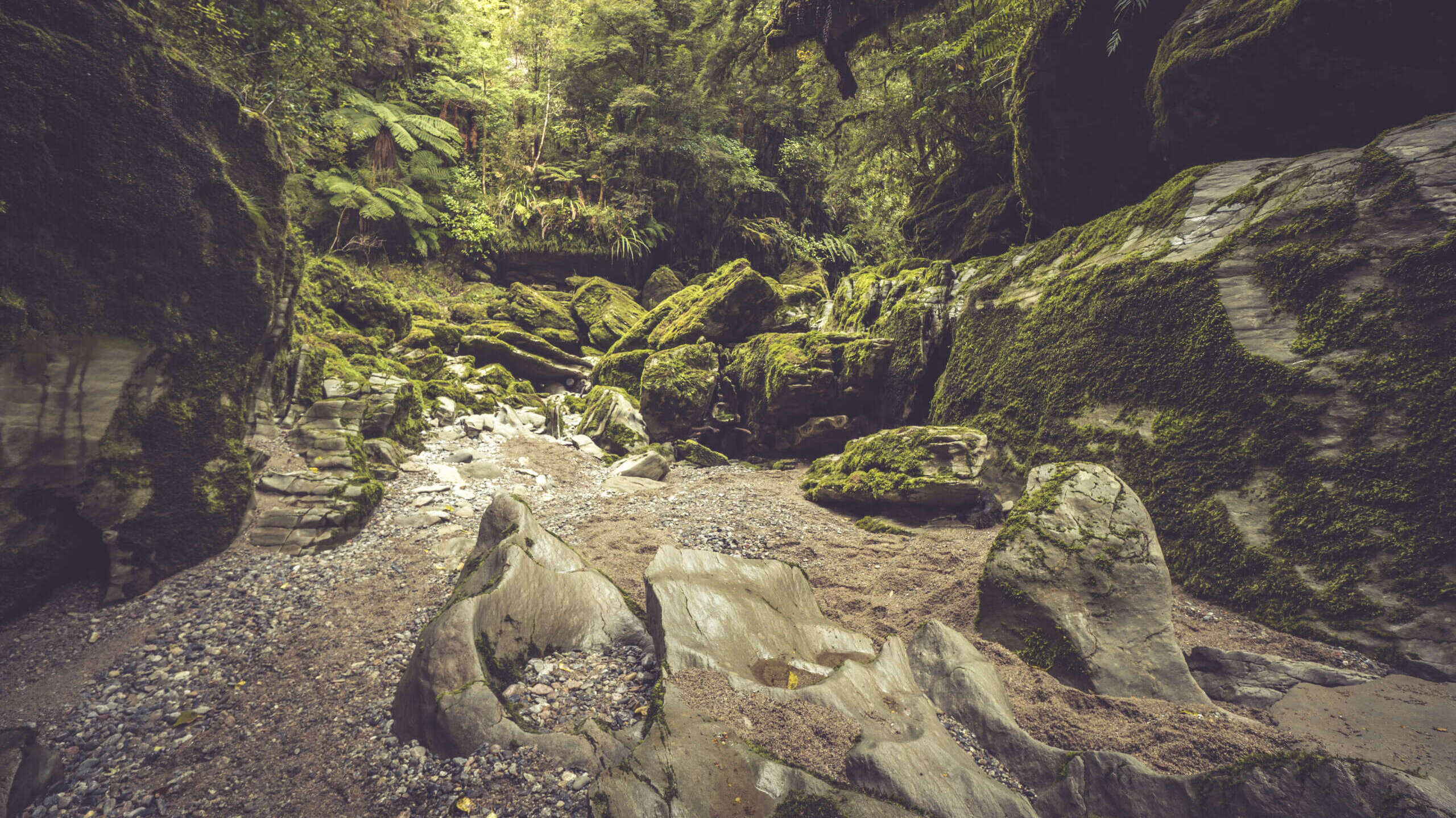In many ways, the west of New Zealand is a rugged and remote land – in particular, the west coast region with its native plants and wildlife – although this area also has an historic farming heritage. This combination of natural beauty, wilderness and an historic farming past provides for an outstanding variety of landscapes, flora and fauna. It can easily be seen how the west coast has long been a favourite for those who enjoy a sense of isolation and adventure.
Punakaiki
Punakaiki is a small coastal community in Westland National Park, on the west coast of New Zealand’s South Island. The name “Punakaiki” means “many ripening baskets”. It is known for its black sand beaches and blowholes. The area is popular with tourists, especially in summer. It is also a popular destination for trampers and kayakers. The local economy is based on tourism and agriculture. Punakaiki has a population of about 100 people.
Pu

nakaiki Beach is a black sand beach at the mouth of the Hokitika River, where it meets the Tasman Sea. This beach has been voted one of the top ten beaches in the world by Lonely Planet and CNN Travel.
If you’re looking for a challenge and a bit of solitude, then you should consider hiking the tracks in Punakaiki. These are some of the most beautiful trails in New Zealand.
Porari River Track
The Porari River Track starts at the Pororari River carpark, just off State Highway 6 between Greymouth and Hokitika. It follows an old packhorse trail before climbing to a saddle between two peaks above Punakaiki Beach.
You will end up walking from the Pororari River Track to the start of the Paparoa Track then a left turn takes you to The Inland Pack Track. This follows a narrow, winding track through the rainforest. It is quite steep in places, which makes it hard work to walk up and down. You may even need to use your hands at times to steady yourself against falling over if you are not careful!
Eventually you will get to a turn-off for Cave Creek. I had wanted to visit Cave Creek for a long time and heard it was beautiful so it was quite ironic how we almost stumbled upon the turn-off. There is a plaque at the turn-off to represent the students and DOC Officer who lost their lives at Cave Creek in 1995. This event is etched in New Zealand history. A viewing platform collapsed and fell 40m which resulted in the deaths of 13 students and 1 DOC Officer.
Cave Creek
Cave Creek is a wide bed of boulders where alluvial fans have deposited gravels over time, forming “caves” along the sides of their banks. These caves are formed by water percolating through rock fractures, dissolving calcium carbonate (limestone) and depositing it as calcite crystals around the fractures. When exposed to air, the calcite crystals erode away leaving holes behind them. The water flowing down Cave Creek can be seen percolating through these holes in the rocks, forming a series of small waterfalls as it does so. The waterfalls are beautiful, but they also serve as a reminder of the power of flowing water and the effect it has on landforms.
From Cave Creek you have to walk back up to the turn-off area and get back onto the Inland Pack Track for a short distance. The Inland Pack Track continues on until it meets up with the Bullock Creek Road again. From here you can either turn right and walk back to Punakaiki or take the left-hand track, which goes into a gorge with some stunning views of limestone cliffs. This track ends at a campground where there are toilets and cold showers.
Bullock Creek Road
The walk from Cave Creek to this campground takes about two hours. The Bullock Creek Road is a very narrow, winding track that takes you back up to the main road. It takes about an hour to walk along this track and there are some good views of the coast from it. The first part of this track is through a forest before emerging onto farmland at the top where it meets up with the main road again.
The trails of Punakaiki are incredible, very well maintained and safe considering the popularity. This was a beautiful place to visit, with many things still to discover by adventurers willing to go off the beaten track. The Paparoa National Park is home to many different landscapes and ecosystems, with a variety of wildlife including kiwi, lizards and tuatara. There are also numerous walks that can be taken around Punakaiki and the surrounding area. I highly recommend this place if you’re looking for something adventurous, beautiful and less frequented by tourists than other parts of New Zealand.
P.S.Please click “like” or provide a comment if you enjoyed this blog, this will motivate me to publish more. Share and inspire. Thanks.




Leave A Comment